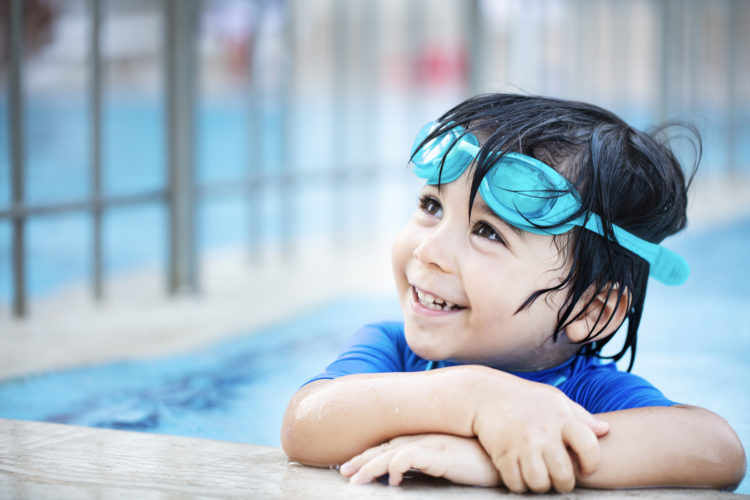Swimming is an important skill for every child, but for children with ASD, it’s especially crucial. Water can hold a special fascination for kids with Autism Spectrum Disorder, and this can be dangerous when a child is also prone to wandering. This makes accidental drowning a very real threat. Reducing the risk of drowning, however, is not only possible but also rewarding. When kids with ASD learn to swim, it can bring them more confidence, joy, and coordination, while strengthening their bodies and lowering their anxiety. Here, we offer some tips for making that happen.
Whether you’re teaching your child on your own or looking for a class, these guidelines are important in teaching a child with ASD:
- Be clear and direct: Don’t use slang, but keep all of your instructions clear and literal. This will ensure that the child understands exactly what to do.
- Stay consistent: When skills are repetitively practiced, it will help your child to learn more easily.
- Proceed slowly: Rather than bouncing from one thing to the next, which can be confusing, take the time to slowly and deliberately introduce changes and transitions.
- Celebrate often: Every triumph is a cause for celebration, even if it’s just touching the tip of the nose to the water. Make a big deal out of each accomplishment, to encourage your child.
- Keep it fun: Children need time to explore the water, under close supervision. Especially if your child is attending many different therapy sessions and doctors’ appointments, swimming lessons can be a welcome and refreshing break from routine.
- Address fears and behaviors: For a child with ASD, swimming lessons need to be about more than just kicking, breathing, and strokes. It’s important to acknowledge fears, helping the child to relax and trust you. Letting the child know you’re in it together is a powerful tool for helping him or her overcome fear and move forward to learn how to swim.
You may be comfortable using this advice to teach your child to swim, or you may want to find an experienced swimming instructor. You can find facilities that offer special needs swim lessons by doing a little bit of research. Look for a swim school that’s a member of the United States Swim School Association, which trains instructors to teach swimmers with special abilities.
The National Autism Association’s website has a list of YMCA locations with Special Needs Swimming Instruction, and Safe Splash Swim School has locations across the country, so you are likely to find one near you. You might also find a good swim school for kids with ASD by speaking to an occupational therapist or someone at your local pool.

